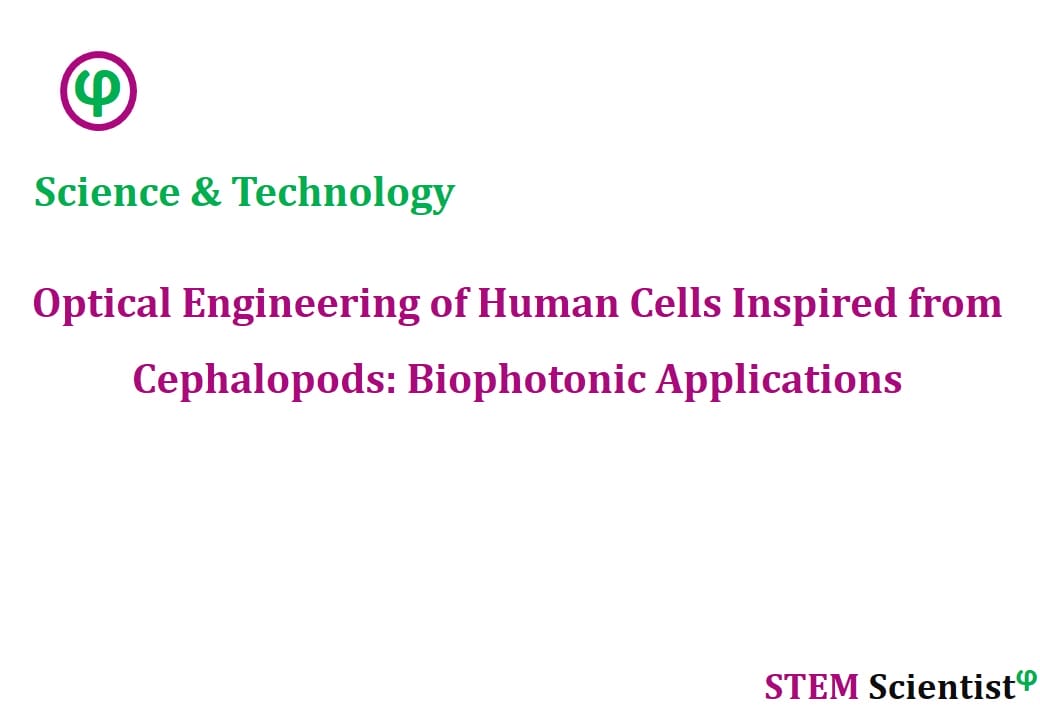
The following study was conducted by Scientists from Department of Chemical and Biomolecular Engineering, University of California, Irvine, Irvine, CA, USA; Department of Molecular Biology and Biochemistry, University of California, Irvine, Irvine, CA, USA; Beckman Laser Institute and Medical Clinic, University of California, Irvine, Irvine, CA, USA; Central Research Laboratory, Hamamatsu Photonics, Hamamatsu, Shizuoka, Japan; Electron Microscopy Core, University of California, San Diego, La Jolla, CA, USA; Department of Materials Science and Engineering, University of California, Irvine, Irvine, CA, USA; Department of Chemistry, University of California, Irvine, Irvine, CA, USA. Study is published in Nature Communications Journal as detailed below
Nature Communications; Volume 11, Article Number: 2708; (2020)
Cephalopod-Inspired Optical Engineering of Human Cells
Abstract
Although many animals have evolved intrinsic transparency for the purpose of concealment, the development of dynamic, that is, controllable and reversible, transparency for living human cells and tissues has remained elusive to date. Here, by drawing inspiration from the structures and functionalities of adaptive cephalopod skin cells, we design and engineer human cells that contain reconfigurable protein-based photonic architectures and, as a result, possess tunable transparency-changing and light-scattering capabilities. Our findings may lead to the development of unique biophotonic tools for applications in materials science and bioengineering and may also facilitate an improved understanding of a wide range of biological systems.
Source:
Nature Communications
URL: https://www.nature.com/articles/s41467-020-16151-6
Citation:
Chatterjee, A., J. A. Cerna Sanchez, et al. (2020). “Cephalopod-inspired optical engineering of human cells.” Nature Communications 11(1): 2708.


